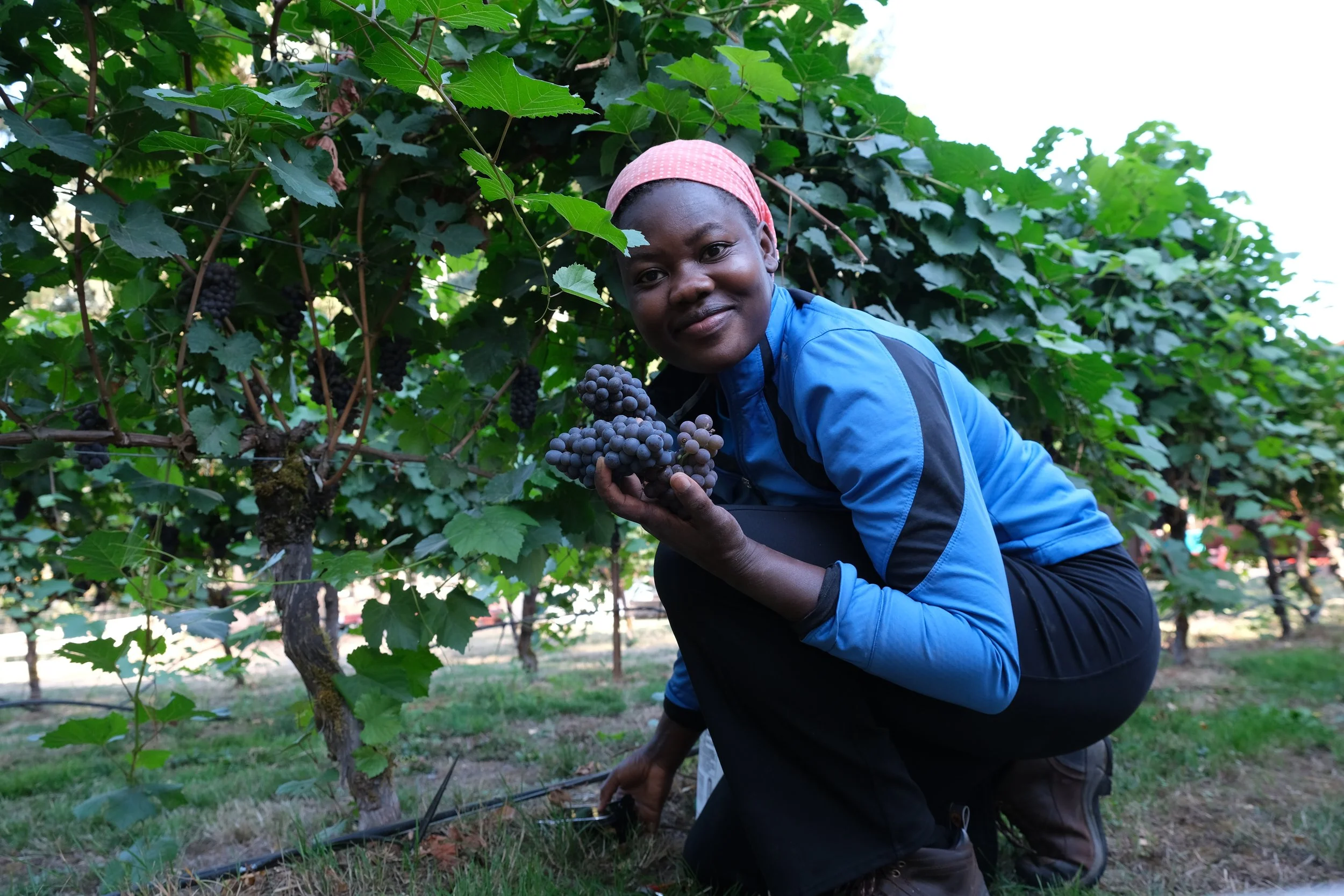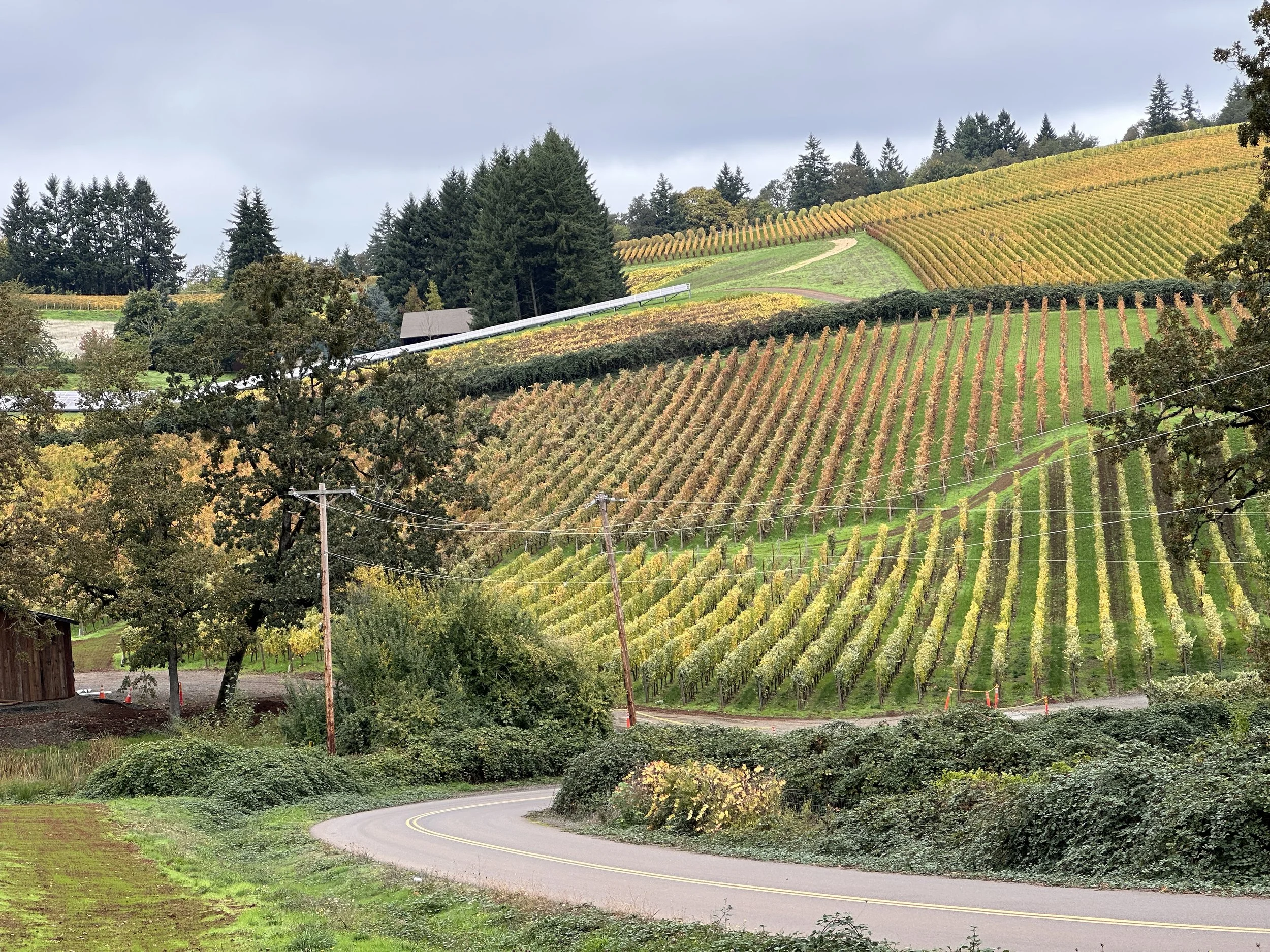A Winemaker in the Making?
harvesting pinot gris at Remy Wines
I completed my first harvest season at Remy Wines in the Willamette Valley, Oregon, for vintage 2023. My goodness! This was an incredibly meaningful and impactful experience. Working with a small but mighty team of four, was exactly the kind of hands-on learning I wanted to invest my time in—for myself and for my work as The Wine Linguist.
Remy Wines is truly a micro-production winery, producing just 2,500 cases across all varietals each year. In a world-renowned wine region known for Pinot Noir, Remy stands out in Oregon. Here, you’ll find wines made from Italian and other Old World varietals: Nebbiolo, Sangiovese, Dolcetto, Lagrein, Tempranillo, Malbec, and Carménère for reds, alongside Arneis, Pinot Gris, and Auxerrois for whites.
As much as I tried to prepare myself mentally for harvest, I could not have anticipated how difficult, exhausting, and time-consuming winemaking truly is. The physical toll on your body feels like hitting the gym for the first time and lifting weights you have no business touching. Your muscles remain overexerted for most of harvest.
Many winemakers told me that there’s no real way to prepare for harvest in any given year. Winemaking is all about knowing how to pivot at any moment. Weather, climate, nature, science, and plenty of unforeseeable situations can upend even the best-laid plans. Rain is coming—do you pick the fruit now or wait? The power’s out—how do you process the incoming fruit? The de-stemmer elevator just broke mid-process—do you load the de-stemmer by hand? That wine stopped fermenting—do you reinoculate? A fermenter is leaking—how do you stop it from losing too much wine? The list goes on. Years of experience teach you how to pivot and make the best decisions based on what you know.
Most of what I knew before working in a cellar came from books and whatever little I had learned from winery representatives during my years as a sales consultant. But without the full context—something you can only gain by working harvest—you cannot possibly grasp the level of work required to make wine.
After three months at Remy Wines, I can confidently say that I understand this work physically, emotionally, and mentally. That doesn’t mean I’m ready to make my own wine next year—I’ll need a few more harvests and more cellar experience for that. But what I did gain was a deeper appreciation for the immense effort that goes into every bottle of wine, thanks to Remy and Matt.
Am I a winemaker in the making? I’d like to think so!
What I learned during this harvest exceeded anything I could have imagined, adding even more energy and motivation to my mission: shifting the language and culture of wine through the lens of agriculture and people. Because, at its core, wine is about agriculture and people.
A favorite view of mine in Dundee Hills



